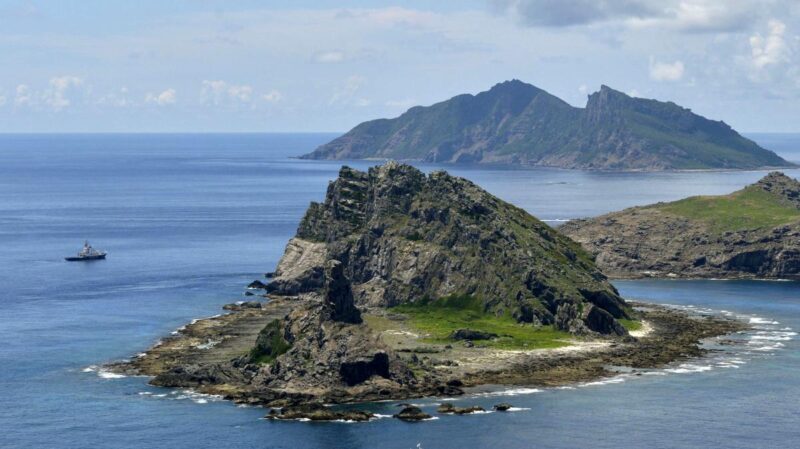Vietnam Looking to Elbow a Place with China and India with Foreign Investors
By David Day. August 2010
For Vietnam, stepping onto the world stage in recent years has meant admission to the WTO, a Nonpermanent seat on the UN Security Council, launching the country’s first telecommunications satellite (Vinasat 1 built by Lockeed Martin) and hosting the APEC Summit in Hanoi.

Vietnam continues to weather the global recession in reasonably well with foreign investment possibly doubling to $15 billion this year. Its largest export market is now the U.S. with over $12 billion last year. This Fall will see Intel’s new $1 billion chip assembly plant open outside Ho Chi Minh City.
Vietnam is now poised for yet another breakthrough. Political tensions in Thailand are helping Vietnam to get onto contingent plan target lists of foreign investors seeking political stability. Political stability is one factor working in Vietnam’s favor now. Another is labor costs. Vietnam is attempting to capitalize on the 30 to 40% labor differential with manufacturing plants in China. This is a huge incentive for China-based operations to begin looking to the south. The labor cost differential with China has been compounded by other problems nagging China operations: labor strikes and shortages.
Outside of the tech industry, where Vietnam has done very well in terms of attracting foreign investment, its aging colonial infrastructure has been a hindrance to all kinds of foreign investment.
There are two recent developments in Vietnam that will catapult the country forward in terms of attracting foreign investment at this critical juncture during the global recession. The first is the development of a number of major superhighway systems north of Hanoi that will link into highway systems in southern China. These new highways will allow a supply chain linkage between Chinese and Vietnamese manufacturing operations.
The second is a proposed Shinkansen-like bullet train between Ho Chi Minh City and Hanoi. The proposed bullet train, which would be completed by 2035, would travel the 1,600 km from Hanoi in the north to Ho Chi Minh City in the south in less than six hours. Vietnam’s current charming but woefully outdated trains take more than two days to make the trip. While this $56 billion project has recently been rejected by the National Assembly, Japan’s Transport Ministry continues to voice support for the project and has promised assistance should the Vietnamese government ultimately decide to proceed with the project once concerns of National Assembly members are adequately addressed (we believe that this is likely to occur despite the current clamor). Vietnam Railways Corp. was planning to use Japanese technology to build the high-speed train line. Sumitomo Corp. had teamed with Mitsubishi Heavy Industries Ltd. to bid on the project. Itochu Corp. was heading a competing group with Kawasaki Heavy Industries Ltd.

Given the importance of a high-speed rail link between Hanoi and Ho Chi Minh City, and the challenges Vietnam Airlines, and its related carriers have in meeting the staggering business traffic demands between the two cities, a Vietnamese “Shinkansen” would be an enormous contribution to the national infrastructure. No question that Vietnamese officials are eyeing the success of the Tokyo-Osaka Shinkansen as a precedent for a sorely needed rail upgrade in their own country.
Financing the north-south linkage is another matter.





